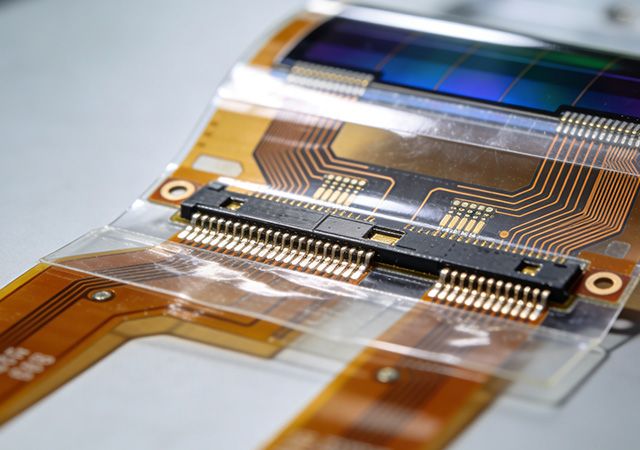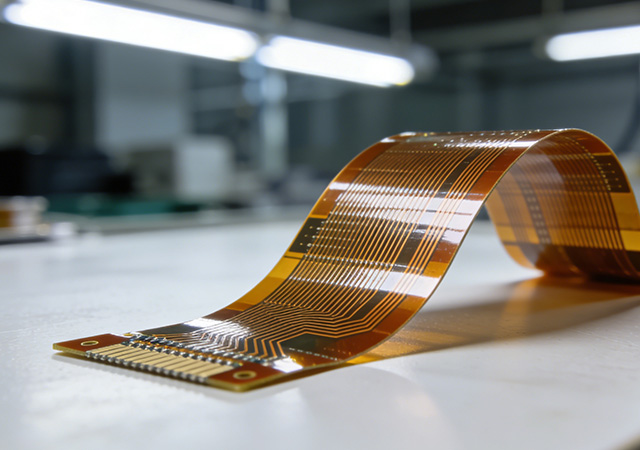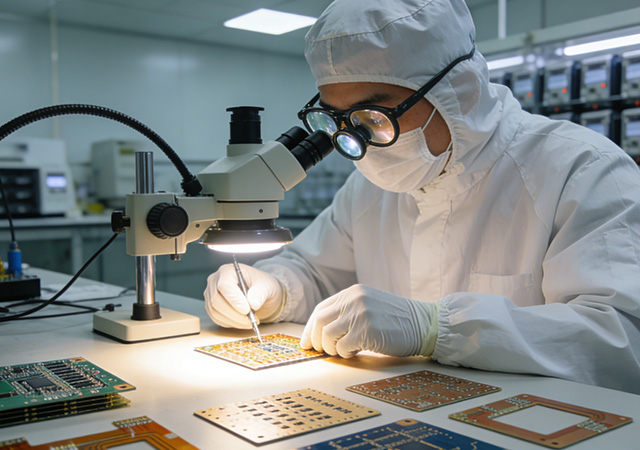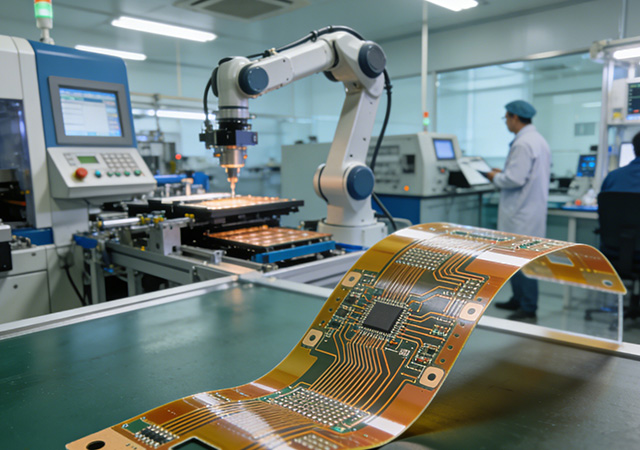-
- PCB TYPE
- PRINTED CIRCUIT BOARD PROTOTYPE ALUMINUM PRINTED CIRCUIT BOARD R&F PCB FPC HIGH FREQUENCY PCB HIGH-TG PCB HEAVY COPPER PCB HDI PCB PCB FOR LIGHTING METAL CORE PCB

As flexible display technologies—represented by foldable OLED, rollable AMOLED, and bendable micro-LED—redefine the form factors of electronic devices, a professional Flexible Display FPC Supplier has become an indispensable cornerstone of the display innovation ecosystem. Specializing in flexible printed circuits (FPCs) engineered for the dynamic operating demands of flexible displays, these suppliers bridge the gap between bold morphological designs (fold, roll, bend) and consistent, long-term performance. Unlike generic FPC suppliers, a Flexible Display FPC Supplier focuses on bend-resistant material integration, dynamic circuit optimization, and multi-form factor adaptability, ensuring FPCs can withstand millions of bending cycles while maintaining stable signal transmission. For display brands and device manufacturers aiming to lead in the flexible display market, partnering with a reputable Flexible Display FPC Supplier is critical to translating innovative design concepts into m

As display technologies evolve toward ultra-high resolution (UHD, 8K, and beyond), flexible OLED, and mini/micro-LED solutions, a professional High Resolution Display FPC Maker has become a critical enabler of pixel-perfect visual experiences. Specializing in flexible printed circuits (FPCs) engineered for the unique demands of high-resolution displays, these makers bridge the gap between dense pixel arrays, high-frequency signal transmission, and the flexible form factors of modern screens. Unlike generic FPC manufacturers, a High Resolution Display FPC Maker focuses on precision circuit design, low-loss material integration, and signal integrity optimization—ensuring FPCs can support the massive data throughput required for high-res visuals without compromising display clarity or response speed. For display brands aiming to lead in premium markets (e.g., high-end smartphones, 8K TVs, AR/VR headsets), partnering with a reputable High Resolution Display FPC Maker is essential to delive

In the era of Industry 4.0 and intelligent manufacturing, a professional FPC manufacturer is no longer confined to traditional component production but evolves into a digital-driven partner that empowers the entire electronics industry’s smart upgrading. By integrating advanced digital technologies into every link of FPC design, production, and service, these manufacturers break through the limitations of traditional manufacturing, achieving higher efficiency, better quality, and deeper collaboration with customers. Unlike manufacturers stuck in conventional processes, a forward-looking FPC manufacturer focuses on digital transformation and smart ecosystem building, enabling seamless connection with customers’ intelligent product development and production systems. For electronics enterprises pursuing high efficiency, innovation, and intelligent upgrading, partnering with a digitally transformed FPC manufacturer is a crucial strategic choice to gain a competitive edge in the global mar

As LED lighting evolves from basic illumination to smart, energy-efficient, and scene-specific solutions—spanning indoor commercial lighting, outdoor municipal lighting, and intelligent connected lighting systems—a professional LED Lighting FPC Manufacturer has become a core enabler of this transformation. Specializing in flexible printed circuits (FPCs) tailored for the unique demands of LED lighting applications, these manufacturers go beyond mere component supply: they integrate lighting-specific technical requirements, sustainability goals, and smart technology trends to deliver holistic FPC solutions. Unlike generic FPC manufacturers, an LED Lighting FPC Manufacturer deeply understands the diverse operational environments and performance needs of LED lighting, balancing flexibility, reliability, and energy efficiency. For lighting brands aiming to expand in the global LED market, partnering with a reputable LED Lighting FPC Manufacturer is critical to translating innovative lighti

As high brightness (HB) LED lighting gains traction in high-demand scenarios—from stadium illumination, high-bay industrial lighting to automotive high-beam headlights and stage lighting—the role of a professional High Brightness LED FPC Supplier has become indispensable. Specializing in flexible printed circuits (FPCs) engineered for high-power, high-lumen LED systems, these suppliers bridge the gap between HB LED’s luminous performance requirements and the technical challenges of power handling, heat dissipation, and light uniformity. Unlike generic LED FPC suppliers, a High Brightness LED FPC Supplier focuses on integrating high-current compatibility, thermal management, and precision circuit design to ensure FPCs can support HB LEDs’ full luminous potential while maintaining long-term reliability. For LED lighting brands aiming to compete in high-brightness segments, partnering with a reputable High Brightness LED FPC Supplier is critical to delivering high-performance, market-lead

Got project ready to assembly? Contact us: info@apollopcb.com



We're not around but we still want to hear from you! Leave us a note:

Leave Message to APOLLOPCB
